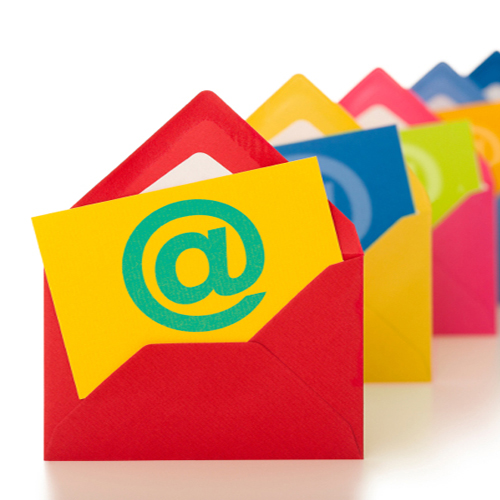Putting up your own online business is never as easy as 1, 2, and 3. If your ambition is to run a successful business and grow it to the next level, you’ll find yourself working day in day out to reach your goal. It’s a tougher job across the board, but at the core, the most crucial part to help your business to grow and flourish comes down to finding potential clients and converting them. This process of conversion into actual customers is where the power of lead generation comes into play.
Definition
In marketing, it is the generation of interest or inquiry of consumers into products or services that a business offers. Consumers, or more simply put, leads, can be created for a variety of purposes such as e-newsletter list acquisition, list building or for sales leads purposes. It is all about drawing in or attracting the right prospects, and getting them in touch with you and vice versa. To get them attracted, below are the top 3 strategies that you can utilize.
Strategy 1. Content That is Fresh
It is vital to keep your content updated and fresh. You ought to consistently be adding new content to your website, whether it be blog entries, upgraded information or even design changes. Envision strolling into a store in a shopping center and seeing that the majority of the items being displayed there were dusty, the edges of the room had spider webs and the sales representative didn’t exactly look congenial. You most likely wouldn’t have any desire to purchase anything there, would you? Truth be told, you’d be out of there before a sales representative had the opportunity to inquire as to whether you need anything. The same situation is valid for your website. Potential clients need to realize that you think about what you’re putting forth.
Strategy 2. Email Lists
Email addresses are one of the most ideal approaches to create leads. The potential client has offered their email address with a specific end goal to get more data about the product or service that your business offers. You now have the chance to transform them into actual clients. Email is the most ordinarily utilized lead generation form, so it must be done well.
Strategy 3. Social Media
Social media’s viral nature means it is a hotbed for linking with new leads. By persistently captivating your existing clients with high quality content you will increase new leads more naturally. On the chance that you can make content that is engaging, that your customers will forward to friends and family members, then you’re on the right track. You are on your way to effectively generating new leads.


